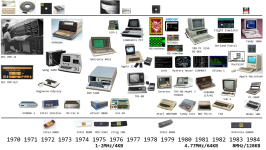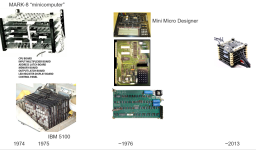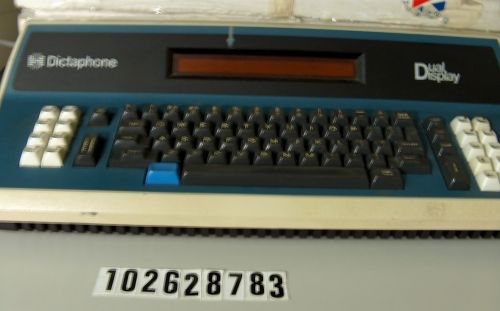Chuck(G)
25k Member
Hardly. Single-board computers were around before the Apple-1. Consider, for example, the MMD-1. There were also development boards, such as the Intel SDK boards. Note that the KIM-1 has an expansion bus.
Wasn’t the innovative factor of both the kim-1 and apple-1 was that they were a single board? And to whatever that meant exactly, didn’t that ultimately drive down cost?
The election of 1972 was conducted on punch cards in the LA region.
Fairly new. The Votomatic was introduced in LA County in 1968 but continued to spread around the nation reaching a peak in the early 90s. I remember it because the voting officials had a practiced routine of having a grade school child produce a sample ballot in order to teach the adults how to use the system without the adults being embarrassed.Do you know happen to recall if that was a "new" system? In any case, on the merit of price/performance, looks like punch cards were still a 70's thing (although I'm not aware of any micro that used punch cards as an input?? in a roundabout way, maybe the 5100 did when started up in terminal mode to an IBM system -- wouldn't that be a way to adapt punch card data over to a tape?)
Great info about the Sphere1. I wasn't sure if that was for real, but they had a "factory", user group newsletters, CTRL-ALT-DEL legacy (and reading about the 6800 led me over to the Tektronix 4050, cool stuff). I hope a functional Sphere is found someday.
System Units Sold
PDP-11 600k
PDP-8 50k
Wang 2200 73k (A/B only)
IBM 5100 50k (not inc. 5110 or 5120)
Altair 8800 25k (kit and prebuilds?)
SOL-20 12k
TRS-80 200k (FCC issue stops prod)
Commodore PET 200k (by 1980)
Apple 2 64k (1977)
Apple 2+ 500k (1979)
TRS-80 M3 100k (1980)
IBM PC 5150 3200k (1981)
IBM XT 2100k (1983)
Apple 2e 4200k (1983)
IBM AT 900k (1984)

So each of those early boards deserves some kudos on recognizing the need for a single board, and then doing it.

Do your research. AMD was the brainchild of Jerry Sanders and his cabal of Fairchild engineers in 1969. Initially, Santa Clara, then Sunnyvale, California. (Bob Noyce and Gordon Moore were also Fairchild alumni, and founded a little company called "Intel" the year before--in Mountain View, CA. Get the idea of why the Santa Clara valley got the name "Silicon Valley").Interesting that they switched to AMDs (which I guess makes sense, AMD were also a Canadian company?)


